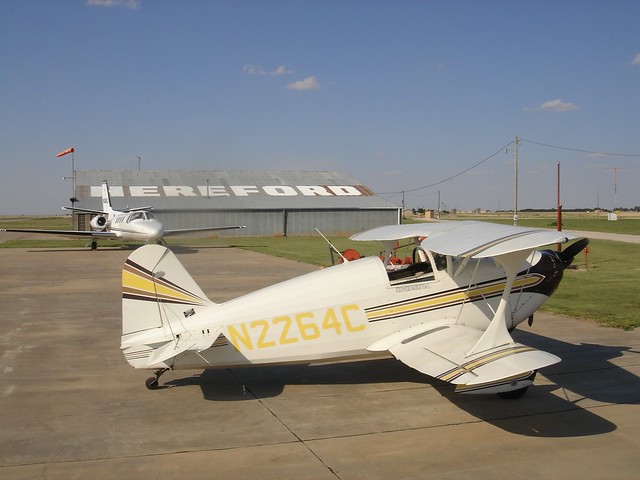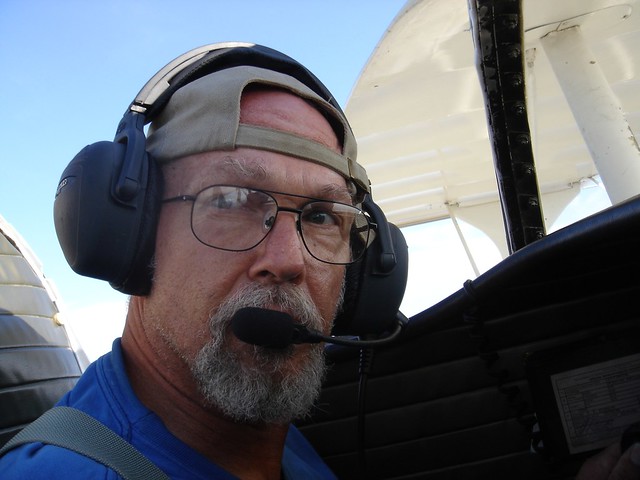txflyer
En-Route
- Joined
- May 3, 2013
- Messages
- 4,509
- Location
- Wild Blue Yonder
- Display Name
Display name:
Fly it like you STOL it ♦
I'm a 200-hour, tri-gear PPL...
Now considering buying a tailwheel a/c, but still unsure about the amount of time a tailwheel endorsement REALLY takes. I see a flat rate course,(one for $675 in my home state) and others that get $189/hr for Champ and instruction. They say 8 hours minimum.
I need to budget this baby.
How long did it take you to get signed off?
Thanks!
Allison
The $675 coarse sounds cheap.
My story was I did about six hours (I'd have to look in my logs) with Joy Bowden down at South Houston to get the endorsement. All flying and no ground school to speak of.
I fast tracked it because I was in Houston for a week, so I went every day. Sometimes a morning and an afternoon session. I think I went there four or five days.. it was more than $675. :wink2:



 .
. 

